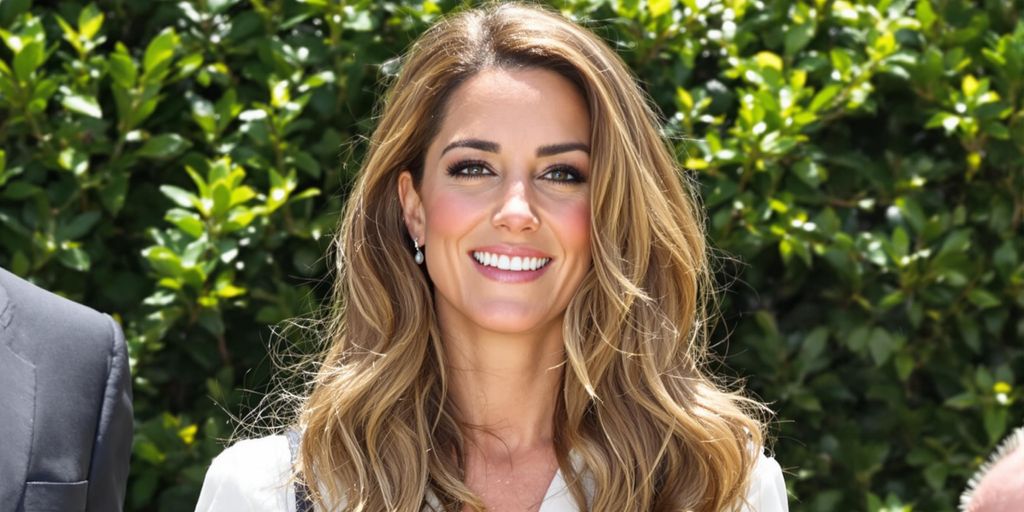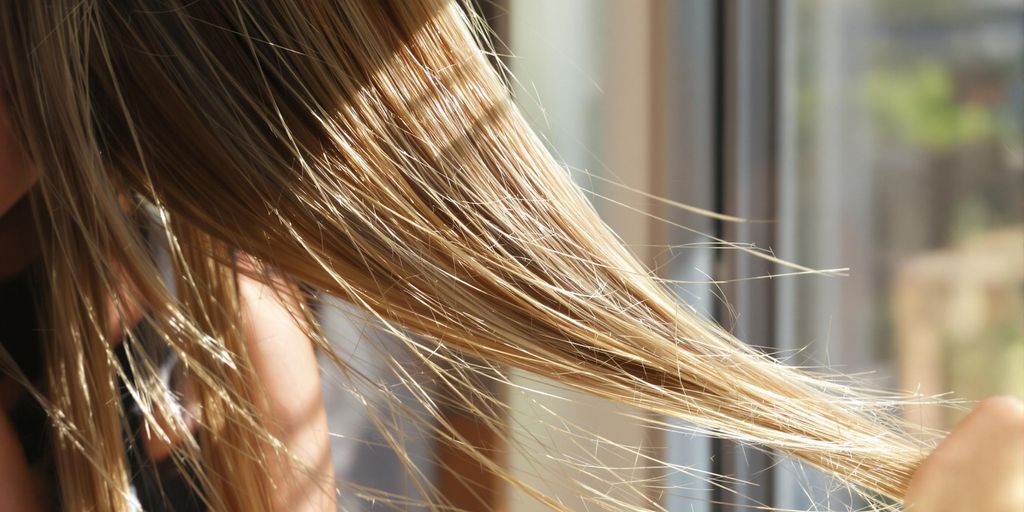A detailed analysis of the reasons behind the alarmingly low participation rate of Black and Asian adults in swimming activities has been unveiled in a gripping documentary series by filmmaker Ed Accura. Titled “Changing the Narrative,” the series aired weekly throughout the month of October, which coincides with the commemoration of the Black History Month.
In the series, Accura unraveled the multitude of problems that make swimming almost a no-go area among adults from Asian and Black communities. With a focus on the role of hair care, Accura delved into the world of social and cultural norms that have impacted aquatic engagement among these communities.
Hair has been identified as a major factor hindering women from Black and Asian communities from actively engaging in swimming. Chlorinated water in swimming pools tends to be harsh on natural hair causing severe dryness, often leading to hair breakage. The concern for maintaining hair health has thus been a stumbling block for many potential swimmers. Unfortunately, such fears are transferred to children, leading to a recurring low rate of participation in swimming.
However, it was revealed that although some parents who can’t swim due to these hair concerns send their children to learn how to swim, as they grow up the hair problems begin to manifest anew. Swimming caps do not always account for the diverse Black hair textures making them ill-fitting.
Historically, hair in Black communities carries a deep cultural meaning and acts as a fundamental element of identity. Therefore, fears of hair damage from chlorinated water and the perception that typical swimming activates hair-related fears preventing them from participating or enjoying swimming activities. Despite the existence of larger swimming caps and protective hairstyles that accommodate a variety of Black hair textures, there’s been a lack of awareness within the community about these options.
The documentary series exposes the urgent need for initiatives that normalize natural hair in swimming scenarios. Encouraging the natural hair movement within such spaces can help remove stigmas and promote more inclusivity. Additionally, education on handling natural hair after swimming, incorporating the necessary hair care routines, and examples of role models thriving in swimming with their natural hair can be an inspiration to many. Therefore, increased community involvement and funding for swimming programs focusing on hair care is the need of the hour.
Hair care brands also have a crucial role to play. Products such as protective shampoos, conditioners, and larger swimming caps can be a game-changer. Collaborations with local swimming programs and inclusive marketing campaigns can help eradicate the perceived barriers between swimming and Black communities.
A marked lack of inclusive products for Black swimmers like waterproof headscarves is glaring. Frequent incidents of hair discrimination in swimming pools need urgent awareness and solutions. Participants sought representation from brands and organizations to push for products that address these issues, and while some grassroots initiatives are already in motion, the visibility of inclusive products still isn’t enough.
Culturally inclusive swimming gear can have a massive positive impact on Black and Asian swimming participants. However, the discomfort due to hair concerns can’t be ameliorated by the availability of suitable gear only. Leisure centers and swimming clubs can contribute by providing such inclusive gear, educational programs about hair care in relation to swimming, conducting community events to dispel hair care and swimming related fears, and training staff about cultural sensitivities about hair care.
Several distressing stories were recounted regarding individuals quitting swimming lessons due to hair care related negatives. These stories stress the need for understanding and addressing hair care concerns. They underscore the urgency for creating tangible solutions and fostering a greater conversation about representation and inclusivity in swimming.
While hair care is an important part of the matter, various other factors influence the low participation rates among the Black and Asian communities. Historical factors and a lack of representation, accessibility issues related to swimming facilities, economic constraints, safety issues, social influences, and educational deficiencies regarding the health benefits of swimming and water safety contribute significantly to the overall problem.
For the swimming industry to create a more inclusive environment that encourages swimming in these communities, a multifaceted approach that addresses all these concerns along with hair care is essential. With time, hopefully, these issues will be addressed, and the significance of low swimming participation within the Black and Asian communities will ultimately be recognized and acted upon, leading to long-overdue change.





